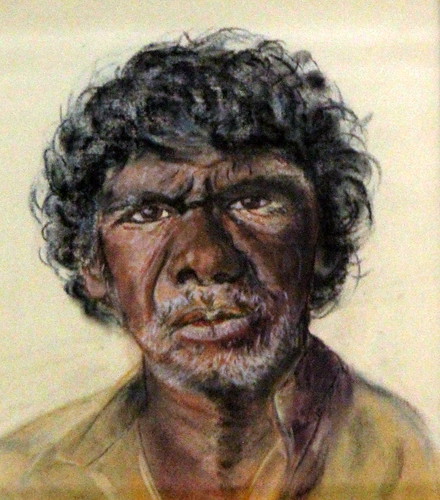The Proto-Indo-European language (PIE) is the linguistic reconstruction of a common ancestor of the Indo-European languages spoken by the Proto-Indo-Europeans. Biologists have been able to utilize tools that have been developed for
creating evolutionary family trees to solve a long term problem with
archeology, the
origin of the Indo-European family of languages.
This interests me because I keep seeing Latin root words close to many original languages from this country which number around 620 language groups. Is this a coincidence I asked myself?
The linguists say there is a connection in language. The existence of PIE was first postulated in the 18th century by Sir William Jones, who observed the similarities between Sanskrit, Ancient Greek, and Latin.
The linguists say there is a connection in language. The existence of PIE was first postulated in the 18th century by Sir William Jones, who observed the similarities between Sanskrit, Ancient Greek, and Latin.
So I propose there is many commonalities to Latin with Aboriginal languages here in this country as well. There has been some studies done where DNA is concerned and there is a common gene with the Australian Aboriginal, the Chinese, The Indian and the Gaelic peoples. This seems very feasible hypothesis in so many ways.
It is nice to know it was the Irish who mostly loved the indigenous people of this land when they experienced any freedom from the tyranical English colonizers.
The people doing this study will be met with a lot of flack regarding the origins but I commend them for trying to find the truth. Applying filters to the computer program that highlight when the Romans did what they did and how this effected the languages of the world as well is so clever.
A quote by David Anthony of Hartwick College from the New York Times (read more)
A key piece of their evidence is that proto-Indo-European had a vocabulary for chariots and wagons that included words for “wheel,” “axle,” “harness-pole” and “to go or convey in a vehicle.” These words have numerous descendants in the Indo-European daughter languages. So Indo-European itself cannot have fragmented into those daughter languages, historical linguists argue, before the invention of chariots and wagons, the earliest known examples of which date to 3500 B.C. This would rule out any connection between Indo-European and the spread of agriculture from Anatolia, which occurred much earlier.“I see the wheeled-vehicle evidence as a trump card over any evolutionary tree,” said David Anthony, an archaeologist at Hartwick College who studies Indo-European origins.

No comments:
Post a Comment